My children love rainbows. With all the showers in March, rainbows are an all too common sight, and of course, they tie in nicely with St. Patrick’s Day. We like to go outside after a good rain and search the skies for a rainbow. Then, we try to run as fast as we can to “the end of the rainbow” to find the pot of gold and maybe even a leprechaun. (Does anyone else do this?)
To help my children learn a little bit more about the meteorological phenomenon, I created this unit. If you have kids who are fascinated by rainbows, then this unit study might be helpful for you, too.
Disclosure: *This post may include affiliate links. As an affiliate, I earn from qualifying purchases. Read the disclosures and terms for more information.
First of all, give each child a manilla file folder and a blank picture of a rainbow for them to color, cut out, and glue on the front. About Home has a great rainbow template to use. Your child can store all of his work inside the folder, and at the end of the unit study, he will have a nice compilation to keep.
Then, start learning about rainbows!
Here are some excellent books on rainbows. Look for them at your library or order them through Amazon. Read a few books each day as you go through your Rainbow Unit Study.
Various Subjects for Your Rainbow Unit Study
Pick and choose subjects most pertinent to your homeschool. Consider the interests of your children, and tailor this unit study to meet their specific needs.
Bible: Read Genesis 9:8-16. What does the rainbow signify? Look at other verses on rainbows in Revelation 4:3 and 10:1 and discuss.
Science: Make a rainbow in your house using a CD or DVD and a flashlight (Note: If you have a good overhead light, a flashlight may not be necessary). Set the CD on the floor and shine the flashlight on it. A rainbow will appear. Talk about what you see. Can you identify specific colors? Discuss how the rainbow appears on the CD. (The light from the flashlight or overhead light is white. White light consists of all colors of light: red, orange, yellow, green, blue, indigo and purple. When light shines on the CD, the light refracts or bends and splits into different colors, hence the rainbow.)
Art: Discuss what colors make up a rainbow. Memorize the mnemonic ROYGBIV and what each letter stands for {Richard Of York Gave Battle in Vain}. Then, watch this neat Pixar video called ROYGBIV: A Pixar Supercut. Have child point out each color of the rainbow.
Writing: Make an acrostic poem using the letters of the word “Rainbow.” For example,
Running out doors
Arms flailing, eyes darting
In search of a lost treasure
Near the rainbow’s edge
By the old oak tree
Our diligence pays off
When we find the pot of gold
Literature: Read and discuss the poem “Boats Sail On the Rivers” by Christina G. Rossetti.
Boats Sail On The Rivers
Boats sail on the rivers,
And ships sail on the seas;
But clouds that sail across the sky
Are prettier far than these.
There are bridges on the rivers,
As pretty as you please;
But the bow that bridges heaven,
And overtops the trees,
And builds a road from earth to sky,
Is prettier far than these.
Grammar: Have the child point to all the nouns and verbs (or other parts of speech you’re working on) in the poem. Find the rhyming words in the poem.
Handwriting: Copy the poem using best penmanship and proper punctuation.
Memory Work: Practice reciting this poem together. Have your child memorize it and recite for the family.
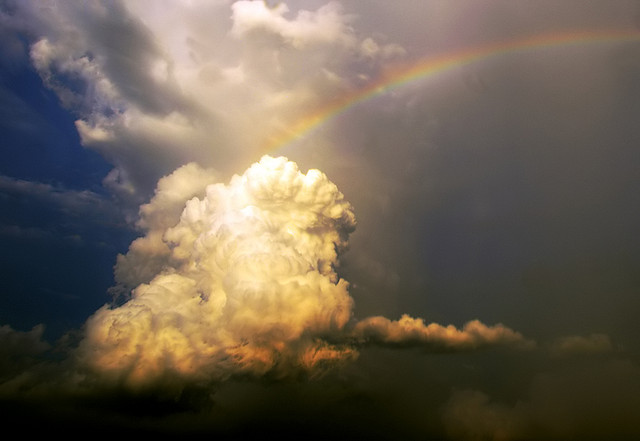
Science/Nature: After the next rain shower, go outside and search for a rainbow. Discuss its size, shape, colors, and location. Have children pay attention to the location of the sun in relation to the rainbow.
Physical Fitness/Nature: Race to the end of the rainbow. Search the ground for four-leaf clovers.
Science: Discuss what causes a rainbow. Let child come up with an hypothesis. Then do research to find the answer. Here are some websites to help you: NASA, Christian Answers and How Stuff Works.
Here are some fun rainbow science experiments.
Science: Find out what causes a double rainbow. Look up other unique types of rainbows (e.g. moonbows, fogbows).
Music: Listen to “Somewhere Over the Rainbow” {video here}. The lyrics are here. Make a list of things you will find “over the rainbow” as mentioned in the song. For fun, share what you think you might find “over the rainbow.”
Foreign Language: How do you say “rainbow” in the language you’re studying?
Art History: Look at William Bradford’s painting “Arctic Sunset with Rainbow.” Discuss the details of the painting. What do you notice about the rainbow? What is happening in the painting? What colors are in it? Where do you think this scene is taking place? Why do you like/dislike this painting?
Art History: Do some more research on artist William Bradford. During what time period did he live? With what artistic period is he associated? Older children might write an essay or research paper.
Art: Draw or paint your own depiction of a rainbow, trying to imitate Bradford’s.
And when it rains on your parade, look up rather than down.
Without the rain, there would be no rainbow.
G.K. Chesterton
If you’re looking for even more Rainbow activities, check out my Rainbows board on Pinterest for a round-up of all things Rainbow!
Happy Learning!
photo credit: Bui Linh Nygan
Check out the NEW book from Kimberly Voegel, Ribbons of Rainbows! Follow the children in the story as they find a genuine relationship with Jesus.

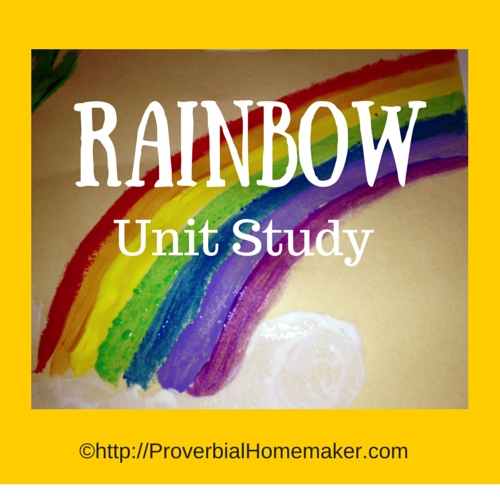
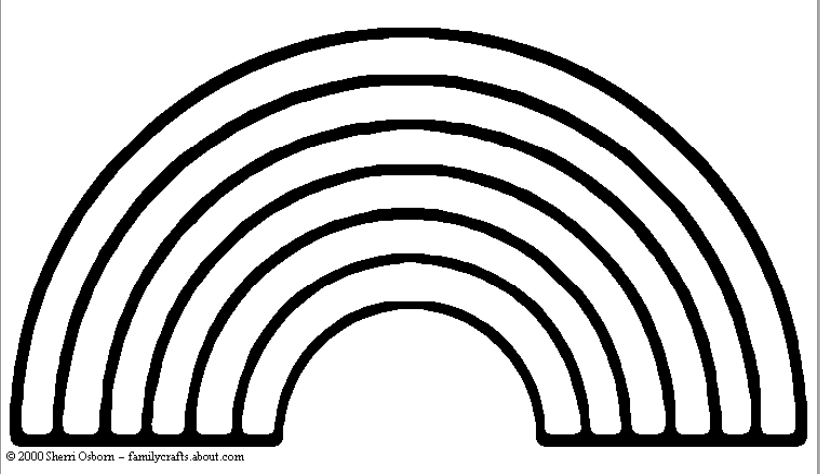






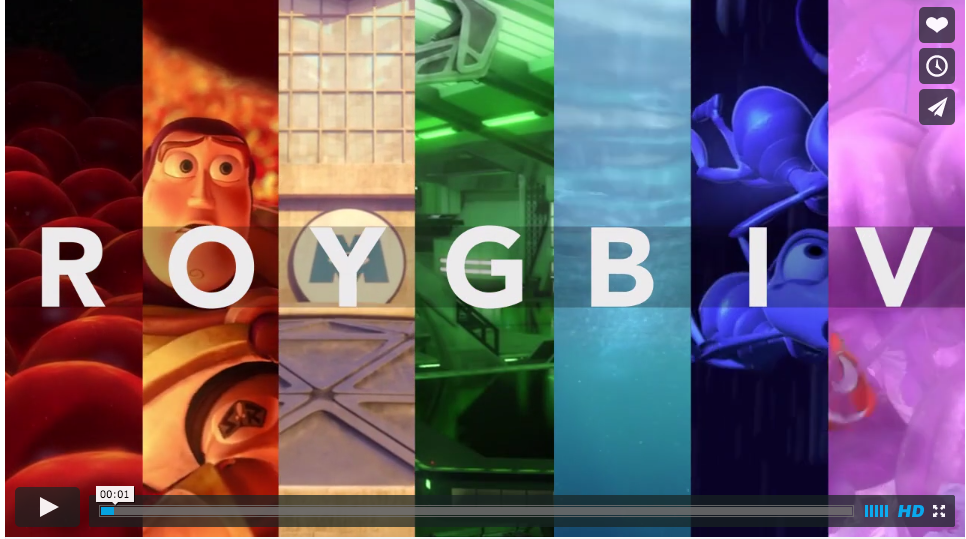
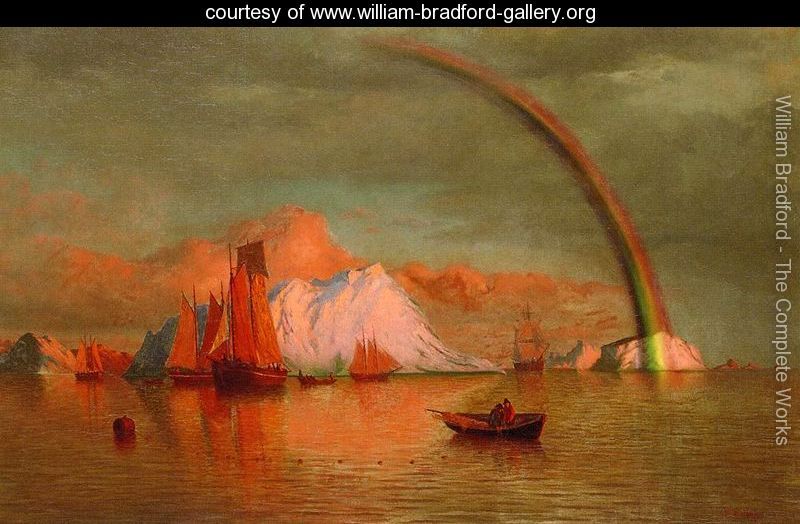

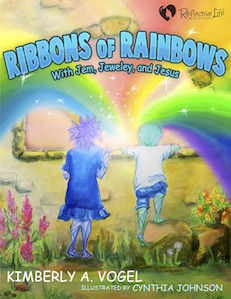

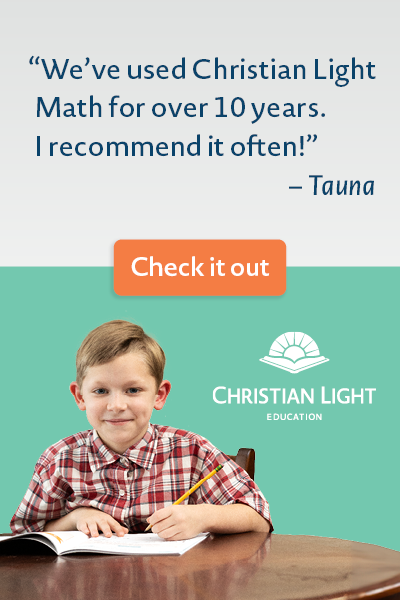
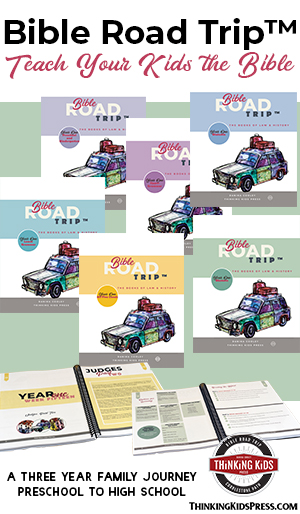
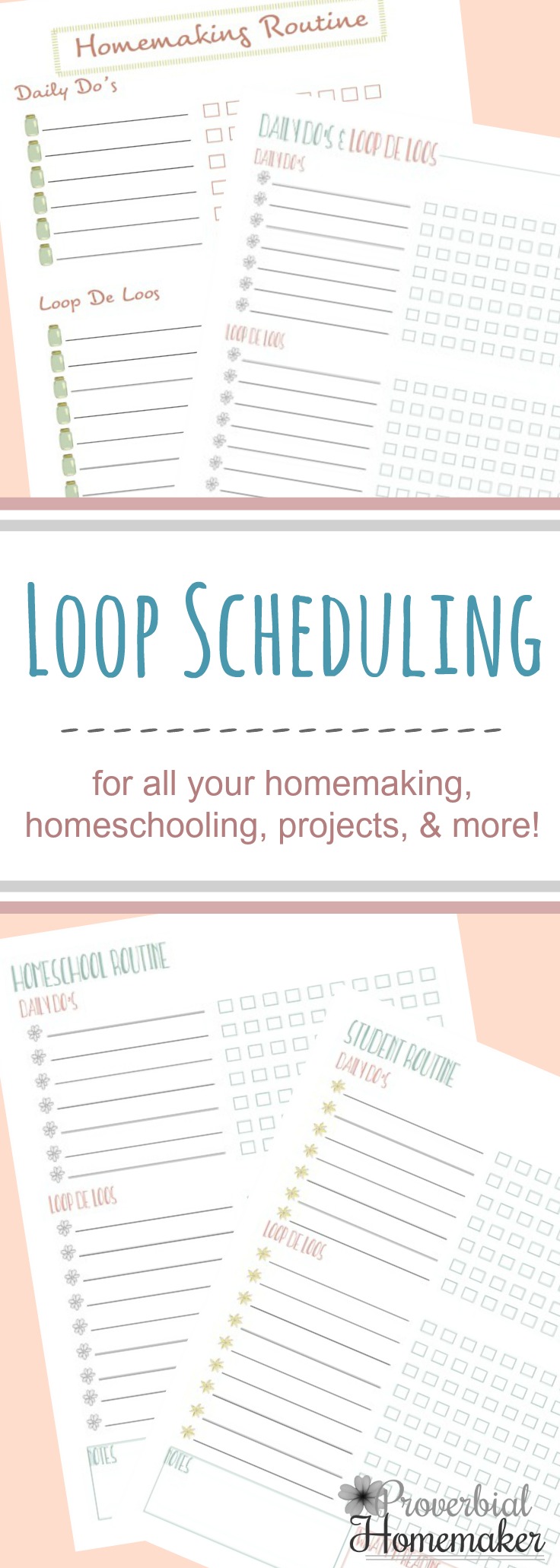

 by Stephanie, The Multi Taskin' Mom
by Stephanie, The Multi Taskin' Mom
This Post Has One Comment
This is really good. Thanks for sharing.